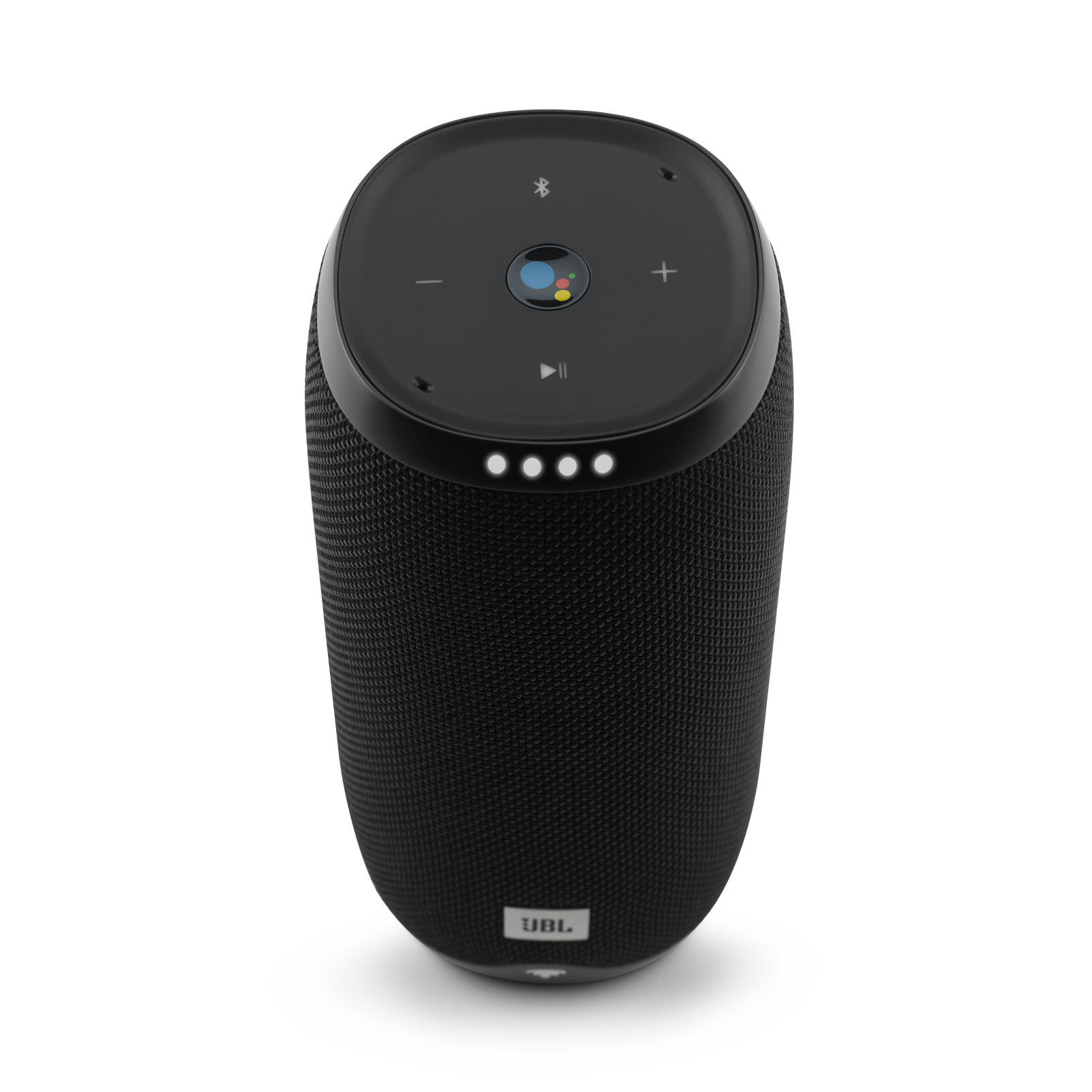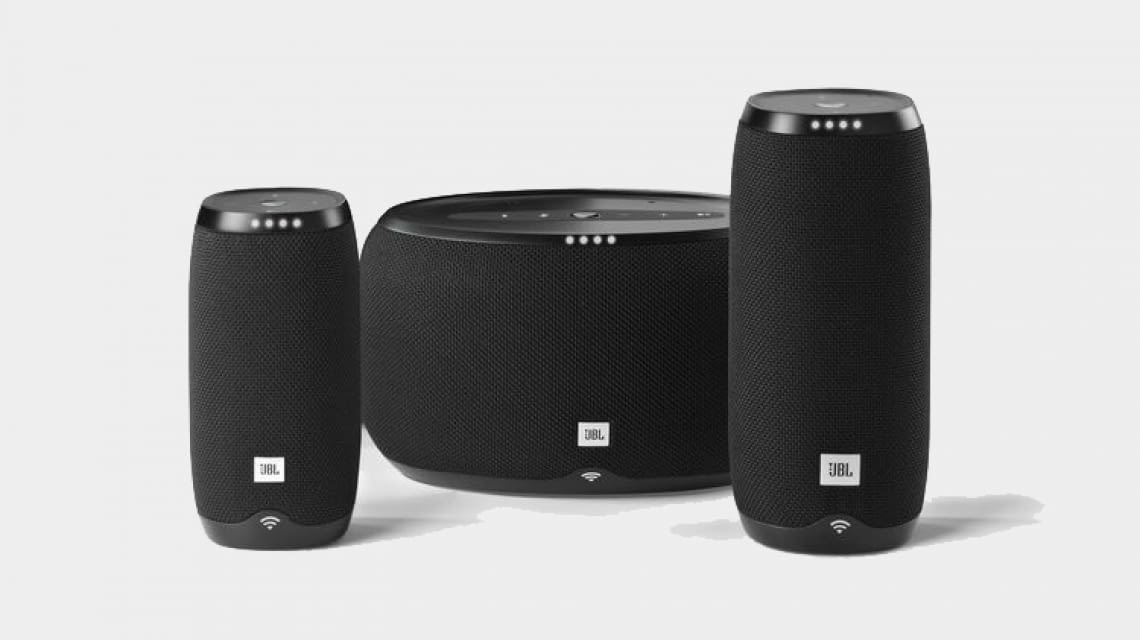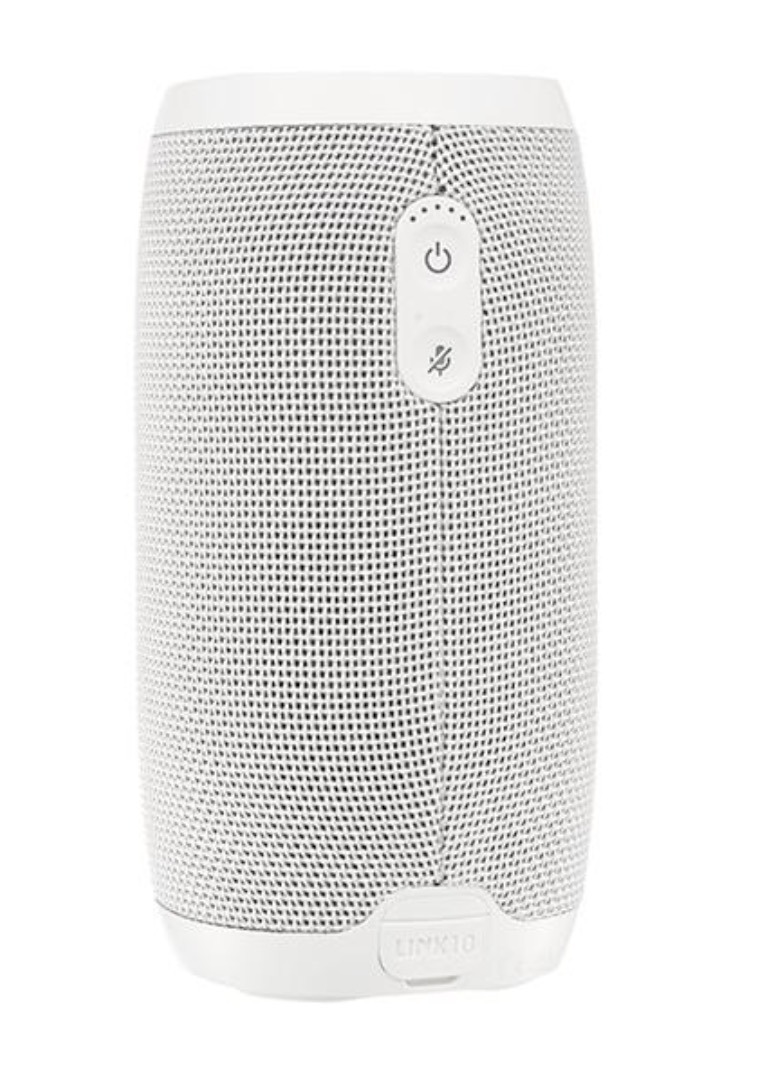JBL Link 20 Google Assistant smart speaker review
Table of Content
There's also a physical button to activate Google Assistant, along with two microphones. When Google Assistant activates, four LEDs on the front pulse to show it's listening. On the front bottom, a Wi-Fi indicator shows when the speaker is connected to a network.

There is a control panel on the device body, so you can easily access the volume control or remote without having to interact with a cable or another device it's connected to. An auxiliary input allows you to play other audio sources by connecting them through a simple audio connection like a 3.5mm jack, i.e for MP3 or portable DVD/CD player. Neither speaker features a connection for wired input, such as a 3.5mm aux. Everything is strictly handled over the airwaves so don't expect to connect your DJ decks to a JBL Link, for example.
Detail Review:
The sound vibrations produced by a passive radiator depend on its mass and the size of its enclosure. It is usually used in combination with a woofer to produce deep bass tones. Devices with stereo speakers deliver sound from independent channels on both left and right sides, creating a richer sound and a better experience. If you have a second speaker of the same type, you can pair them together to create a stereo sound setup. Distorted guitars, poppy vocals and beats all come through in excellent detail, there's not much to complain about when playing music from the Link 500, even if it doesn't quite match up to the best of Bose.
Not a huge deal to the overall usefulness of the speaker, but it’s definitely annoying. It is compatible with Apple's Siri voice assistant, allowing you to use voice commands to control the device from other Apple HomeKit-compatible devices. Michael Gowan covers soundbars, TVs, portable speakers and other audio- and video-related topics for Tom’s Guide. He’s written about music and technology for more than 20 years for a raft of publications including Wired, Men’s Journal, PC World and Macworld. When he’s not reviewing speakers, he’s probably listening to one anyway. When playing music, the Link 20 delivers well-balanced treble, bass and midtones.
The JBL Link 20 delivers almost all the features of Google Home in great-sounding portable speaker
This speaker is retailing for around two hundred and ninety dollars on their website. This is the review of the comparison between two smart speakers from the same brand and from the same series. The comparison here is between the JBL Link Portable and the JBL Link 20.

Still, as versatile as the JBL Link 20 is, the speaker isn’t perfect. Bass response is underwhelming and the lack of codec support means that your sound quality will suffer even more when connected via Bluetooth. Plus, it charges over micro-USB which is unacceptable at this point, regardless of the price point. Speaking of which, this speaker can be yours for around $100 which despite its flaws, makes this one of the better smart speaker options around. The JBL Link 20 is rated to provide you with 10 hours of constant playback, but at a constant output of 75dB we were able to get 8 hours and 45 minutes of playback. This isn’t great considering the size of the speaker and if you compare it to the 13-ish hours that the Charge 4 got during our testing, it’s not too far off.
Features
However, the Google Home app doesn't offer ways to tweak the sound, such as adjusting bass or treble levels. The speaker includes minimal controls, which is appropriate considering that Google Assistant can help with most functions. On top, you'll find play/pause and volume buttons, as well as a Bluetooth pairing button. It’s the JBL Link 20’s mids that make the speaker sound a league below the Sonos One, though.
The JBL Link 20 combines a great-sounding Bluetooth speaker with the smart functions of Google Assistant. With the free Google Home app on iOS & Android, you can easily setup and manage your JBL Link 20. Water-resistant devices can resist the penetration of water, such as powerful water jets, but not being submerged into water.
There are two microphones that are built-in on the top of the speaker so that the smart assistant can hear you properly. On the back of the speaker is where you have your Bluetooth button, a mute button for your mic, a power button with LEd, a LED panel that shows your battery left, and your USB-C port for charging. As a smart speaker, the JBL Link 20 has a few more things to get right when compared to its Bluetooth-only siblings like the Flip and Charge series. For one, it has to be able to detect your voice from various distances and in a variety of settings. There are two far-field microphones up top that can pick up your voice, even when there’s music playing at max volume.
Near the bottom, the microUSB port for power and charging the battery is located beneath a flap, which helps make it waterproof. Unlike most JBL speakers, the Link 20 does not include auxiliary input. As similar as the JBL Link 20 is to other JBL speakers in build quality, it really sets itself apart when it comes to connectivity. As I mentioned already, on top of having Bluetooth 4.2, it also connects over Wi-Fi.
On the back is where you’ll find the power button as well as a mute switch to disconnect the microphone. When the speaker’s played out about 70 percent, it allows maximum sound output. It’s not completely absent but you can clearly hear we’re getting quieter. The good thing is the even at full volume, the sound never becomes distorted. At full volume, this speaker has the capacity to fill a medium-sized room which is impressive. One thing that’s even more apparent when you listen to the Nest Audio compared to the Google Home is how much more detail you pick up in the music.

Even as a lightweight living room speaker, I wasn't disappointed, as the 300 can still fill a medium-sized room with a good sound. Harman brand JBL has jumped aboard the smart speaker train with the Link series, a range of Wi-Fi speakers with Google Assistant. An alternative to Mountain View's own Google Home speaker-assistants, we try out the JBL Link 300 and its big brother, the JBL Link 500.
Comments
Post a Comment